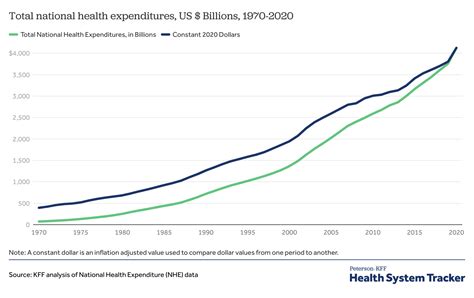In the hustle and bustle of economic analysis, political decision-making, and budget planning, there is one vital element often overlooked – the environment. As we gear up for the upcoming federal budget announcement by Treasurer Joe Hockey, it’s crucial to consider how our financial decisions impact not only our wallets but also the world around us.
“Changes in environment health are invisible in the national accounts.”
For over 50 years, the Australian Bureau of Statistics has diligently provided data on various economic indicators that shape our understanding of the country’s financial landscape. However, amidst all these numbers and figures lies a significant void – environmental data. The absence of information on the state of our environment in national accounts paints an incomplete picture of our nation’s wealth.
“While the productivity of particular parts of the economy is dependent on the health of the environment…”
The linkage between a thriving economy and a healthy environment is undeniable. Industries like agriculture rely heavily on nature’s resources to function efficiently. Yet, these interdependencies often go unnoticed in traditional financial assessments.
Beyond GDP figures and economic growth projections, there exists a realm where environmental factors play a pivotal role in shaping our overall wealth and well-being. The impacts of pollution, changes in biodiversity, water quality variations – all these elements remain scattered across different sectors without a unified platform to integrate them into economic evaluations.
In recent years, strides have been made towards bridging this gap through initiatives like “integrated reporting” championed by businesses globally. The United Nations’ System of Environmental-Economic Accounting underscores the importance of aligning environmental considerations with economic activities for sustainable development.
“Most startling is the massive increase in solid waste generation compared to other measures.”
One glaring issue highlighted by recent environmental-economic accounts is the alarming surge in solid waste generation over time. This trend not only poses challenges for waste management but also signifies inefficiencies in resource utilization and unnecessary greenhouse gas emissions.
As calls grow louder for comprehensive environmental accounting tools that can shed light on such critical issues, there remains immense potential to reshape how we view budgeting processes. By incorporating detailed insights into carbon sequestration, water quality improvements, and biodiversity conservation efforts within financial frameworks, decision-makers can make more informed choices that benefit both society and nature.
Environmental accounting isn’t just about tallying numbers; it’s about weaving together threads of economic prosperity with ecological sustainability to create a robust framework for future planning. By embracing this holistic approach to financial management, governments and businesses alike stand to gain valuable perspectives that guide them towards greener pastures – both financially and environmentally.
In essence, as we navigate through complex fiscal landscapes and intricate policy decisions, let us remember that true wealth encompasses not just monetary assets but also natural resources that sustain life itself. Only by embracing environmental accounting can we ensure a balanced budget that accounts for every aspect of our interconnected world.

